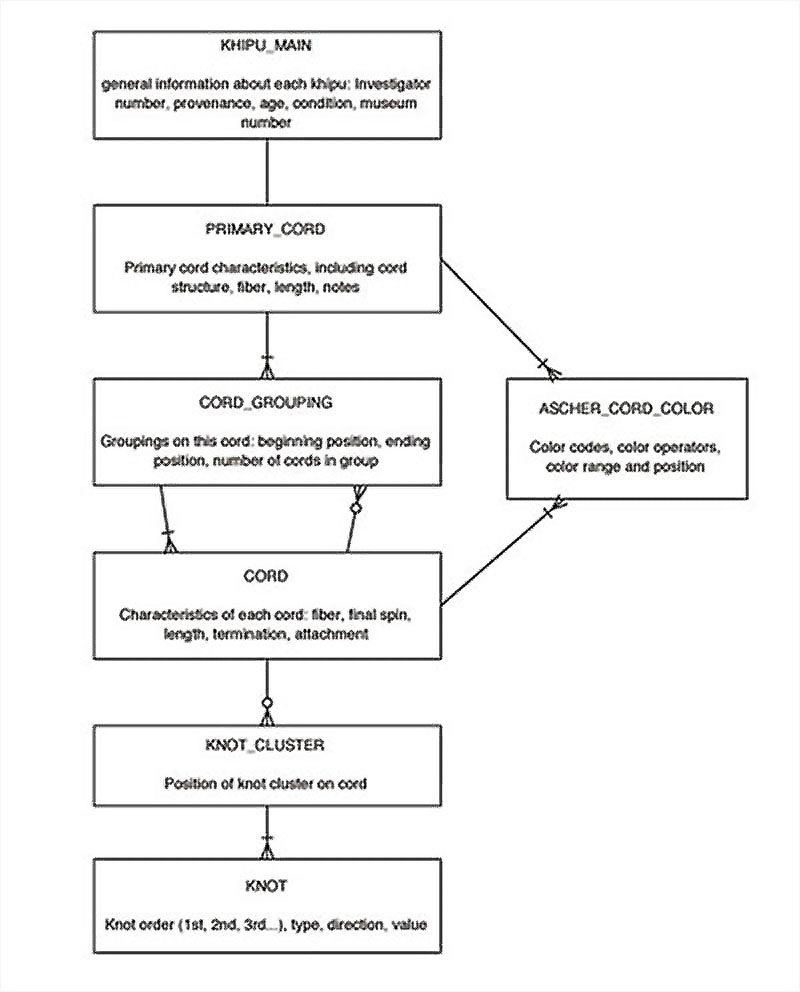Processing 253 khipus: AS001, AS002, AS003, AS004, AS005, AS006, AS007, AS008, AS009, AS012, AS014,
AS016, AS019, AS024, AS027, AS028, AS042, AS044, AS045, AS063, AS069, AS071,
AS072, AS073, AS074, AS080, AS090_N2, AS094, AS156, AS170, AS182B, AS187,
AS207B, AS209, CM009, HP009, HP016, HP017, HP027, HP033, HP034, HP037, HP038,
HP039, HP040, HP042, HP043, HP044, HP045, HP046_A, HP046_B, HP047, HP048,
HP051_A, HP053, HP054, HP055, HP057, JC001, JC002, JC003, JC004, JC005, JC006,
JC007, JC008, JC009, JC010, JC011, JC012, JC013, JC014, JC015, JC016, JC017,
JC018, JC019, JC020, JC021, JC022, JC023, KH0001, KH0032, KH0033, KH0049,
KH0057, KH0058, KH0067, KH0080, KH0081, KH0083, KH0197, KH0227, KH0267, KH0350,
MM001, MM002, MM003, MM004, MM005, MM006_AN001, MM007_AN002, MM008, MM009,
MM010, MM011, MM012, MM013, MM014, MM015, MM016, MM017, MM018, MM019, MM020,
MM021, MM022, MM1086, QU001, QU002, QU003, QU004, QU005, QU006, QU007, QU008,
QU009, QU010, QU011, QU012, QU013, QU014, QU015, QU016, QU017, QU018, QU019,
QU020, QU021, QU022, SH001, SH002, UR001, UR002, UR003, UR004, UR011, UR012,
UR014, UR015, UR017, UR018, UR022, UR026, UR032, UR039, UR044, UR047, UR049,
UR050, UR052, UR053A, UR054, UR055, UR059, UR063, UR074, UR085, UR088, UR089,
UR1034, UR104, UR1057, UR108, UR1095, UR1098, UR110, UR112, UR113, UR1131,
UR1138, UR1149, UR118, UR119, UR122, UR130, UR131A, UR138, UR141, UR143, UR144,
UR146, UR147, UR149, UR153, UR154, UR155, UR164, UR165, UR166, UR167, UR169,
UR177, UR184, UR188, UR190, UR191, UR193, UR196, UR198, UR201, UR206, UR209,
UR211, UR221, UR231, UR237, UR251, UR252, UR253, UR254, UR255, UR256, UR257,
UR258, UR259, UR260, UR261, UR262, UR263, UR264, UR266, UR267A, UR267B, UR268,
UR269, UR270, UR271, UR272, UR273A, UR273B, UR274A, UR275, UR276, UR277, UR278,
UR279, UR280, UR284, UR288, UR291A, UR292A, UR293

